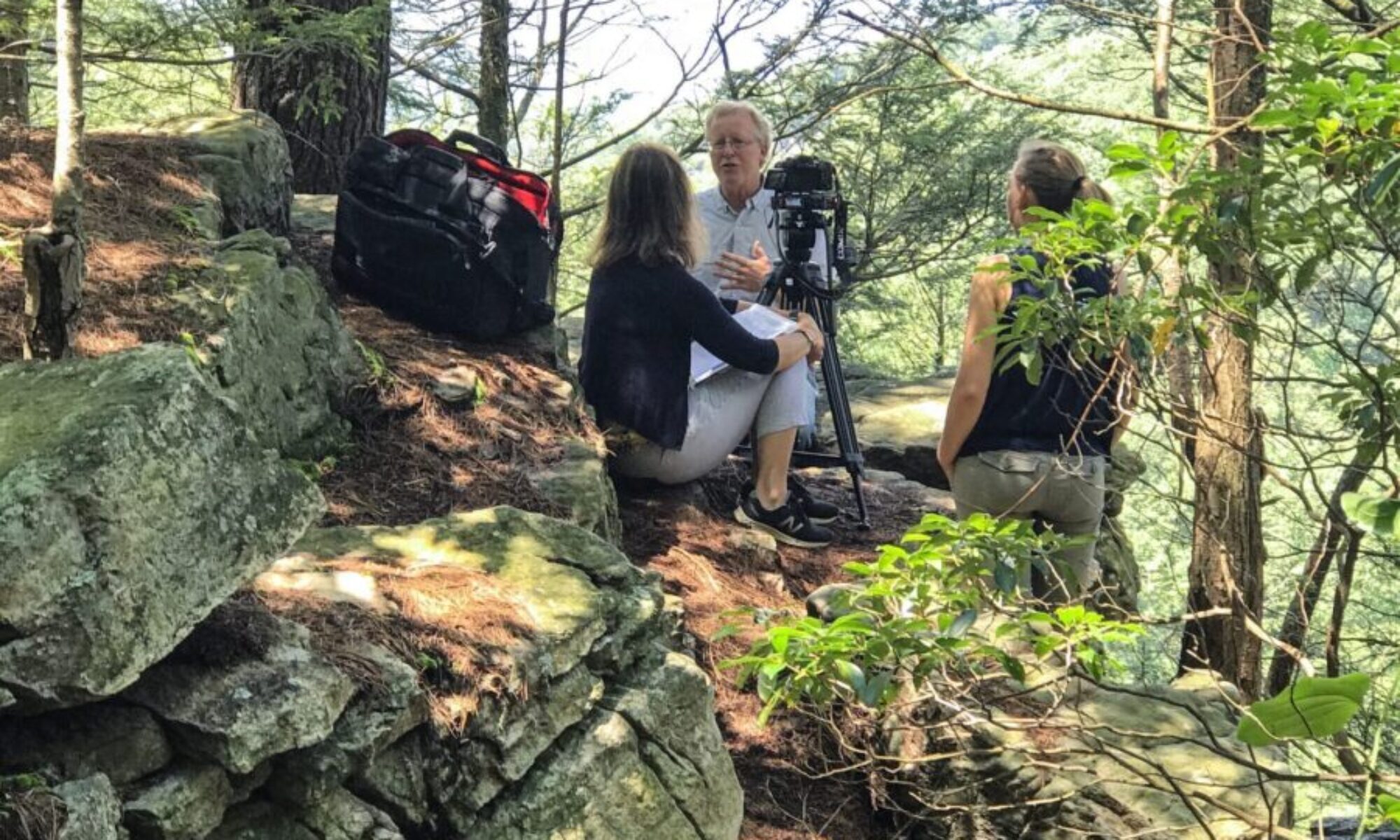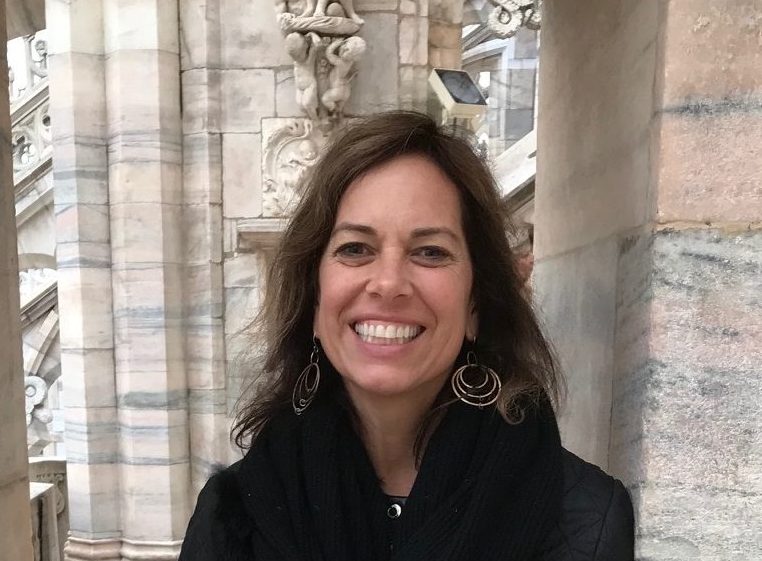The Pulitzer Center for Crisis Reporting Covers Book Launch at The Wilson Center

Last month I gave a presentation at The Wilson Center about the publication of new book, Hot, Hungry Planet: The Fight to Stop a Global Food Crisis in the Face of Climate Change (St. Martin’s Press). I write about how global agriculture is ready for sustainable solutions. The Pulitzer Center provided support for my reporting in India, where I found that climate change is altering agriculture across a variety of societies. I observed how people are working together to develop climate smart villages and asked: What does this mean for their food security, especially for the world’s most vulnerable people?
The Pulitzer Center covered my book launch at the Wilson Center, and this is how their report begins:
A confluence of environmental, social, and economic factors are leading to major food shortages around the world, especially in poorer countries. By drawing upon her reporting and research on the environment, sustainability, and agriculture, Pulitzer Center grantee Lisa Palmer looks at the factors threatening global food security in her new book Hot, Hungry Planet: The Fight to Stop a Global Food Crisis in the Face of Climate Change.
Palmer launched her book at the Woodrow Wilson Center in Washington, D.C., where she was previously a public policy scholar. The Wilson Center, a U.S. Presidential Memorial, serves as a policy forum on global issues and supports researchers and discourse. At the launch, the Wilson Center invited Palmer and a group of experts to comment on Hot, Hungry Planet and what challenges and opportunities are currently available to stem food shortages. Panelists included: Channing Arndt, senior research fellow at International Food Policy Research Institute; Roger-Mark DeSouza, Director of Population, Environmental Security, and Resilience at the Wilson Center; and Nabeeha Kazi, president and CEO of Humanitas Global.
In Hot, Hungry Planet, Palmer explores the future of food security through seven case studies located in six regions around the world: India, sub-Saharan Africa, the United States, Latin America, the Middle East, and Indonesia. Through these examples, Palmer looks at how the global population boom (expected to reach 9.7 billion people by 2050), climate change, and the widening socioeconomic divide will make feeding the world challenging.
To read the complete story on the Pulitzer Center website, please follow this link.
http://pulitzercenter.org/blog/how-feed-hot-hungry-planet
Thought Matters Publishes Excerpt of Hot, Hungry Planet
Thought Matters, an idea exchange for the highly opinionated, published an excerpt of Hot, Hungry Planet recently.
Here’s how the chapter on California and Syria: A Tale of Two Droughts begins:
In the late spring of 2014, while covering food sustainability at the Monterey Bay Aquarium’s Sustainable Foods Institute, I took a trip to the Carmel Valley farm stand run by Earth-bound Farm. Earthbound Farm is the largest organic farming operation in the United States. It cultivates about 50,000 acres of produce, and I spent the morning walking in a small demonstration garden that was nothing short of paradise. Everything was a verdant green. Yet just beyond the farm, where the Carmel Mountains meet the horizon, was dry scrub and pale brown grass, a truer reflection of this parched land. The Golden State, which got its name from the grasses that turn a shade of palomino blond in summer, then green up again during the fall and spring rains, was looking more like the Brown State.
As California’s drought dragged into the next year, I couldn’t shake the sense of a crisis brewing in Carmel Valley. I was also hearing reports of conflict over water in war-torn Syria. I wondered, could water conflict on that scale ever occur here? I couldn’t blame Earthbound’s owners for choosing this idyllic spot, or other farmers for choosing any other location along California’s central coast, where morning fog moistens the otherwise dry landscape. When the founders of the farm first started growing raspberries on two and a half acres, they didn’t imagine it would expand to become America’s largest organic producer of salad greens and vegetables. But Earthbound’s growth was only one among the more recent in decades of farming expansion all across California, and especially the nearby Central Valley, since the Dust Bowl of the 1930s. Through the magic of irrigation, these farmers had made a desert bloom.
While Earthbound’s leafy expanse appeared intact, agriculture is in jeopardy throughout California and other western states. A 2015 investigation in ProPublica reported that California’s drought is part of a much bigger water cri-sis that is killing the Colorado River, “the victim of legally sanctioned overuse, the relentless forces of urban growth, willful ignorance among policymakers, and a misplaced confidence in human ingenuity.” Climate change will only exacerbate the problem.
Continue reading on Thought Matters and to buy your copy of Hot, Hungry Planet, please go here.
The New Republic Publishes My Latest Essay “One Meal A Day”
My latest essay, “One Meal A Day,” appears in the July issue of the New Republic.
Featuring photographs by Chris De Bode, One Meal A Day,” spotlights the hardships faced by refugees who have fled to Cameroon because of climate change and Boko Haram. Constant drought, combined with government limits on farming designed to deter insurgents, have led to mass starvation in the region. “These images do not ask us to look into their eyes and see ourselves,” I write. “They ask us to look at the emptiness of their bowls and reflect on the fullness of our own. We see their hunger through what little they have. We measure their suffering in the most universal unit of all: a single meal.”
For the complete story, please see the July issue of the New Republic.

